Explanation
Palgongsan National Park is located close to Palgongsan Mountain, one of the larger mountains in the Taebaek Mountain Range. Palgongsan Mountain is located 20 kilometers northeast from downtown Daegu, where the Nakdonggang and Geumhogang Rivers meet. The mountain has three peaks in a row: Birobong Peak (1192.3 meters) in the center and Dongbong (aka ‘Mitabong,’ 1,155 meters) and Seobong (aka ‘Samseongbong,’ 1,150 meters) on each side.
The park is within the administrative district of Dong-gu, with Daegu and four towns along its border, including Yeongcheon-si, Gyeongsan-si, and Chilgok-gun. A number of Buddhist temples including Donghwasa, the headquarters of the 9th Buddhist Parish, are located in the area.
The park has numerous rocks and valleys and is carpeted with azaleas in the spring. In the autumn many visitors flock to the park to admire the fall leaves on the trees lining the 16.3-kilometer-long roadway that runs through the park. With vibrant green leaves in spring and a delicate snowscape in the winter, Palgongsan Mountain is an attractive destination for visitors throughout the year.
Homepage
Information Use
Experience Guide : Walking trails, Palgongsan Cable Car
Contact and Information : +82-53-989-8300
Parking facilities : Available (Free)
Day off : N/A (Open all year around)
Hours : Open 24 hr
* Subject to change depending on weather conditions
More information
Mountain Not Access Period
Annual Forest Fire Prevention Period
Spring: February 15 - May 15 / Autumn: November 1 - December 15
* Subject to change based on weather conditions
Hiking Course
* Course 1
Ticket Office - Donghwasa Temple - Budoam Hermitage - Yeomburam Hermitage - Dongbong
Peak - Seobong Peak
* Course 2
Ticket Office - Donghwasa Temple - Naewonam Hermitage - Yeombulbong Peak - Dongbong
Peak
* Course 3
Ticket Office - Donghwasa Temple - Yaksuam Hermitage - Pokpogol
Valley - Sillyeongjae Hill
Available Facilities
Donghwa facility organization, camping area, Daegu Citizen Safety Theme Park, Donghwasa Temple, etc.
Restrooms
Available
Location
1 Donghwasa 1-gil, Dong-gu, Daegu
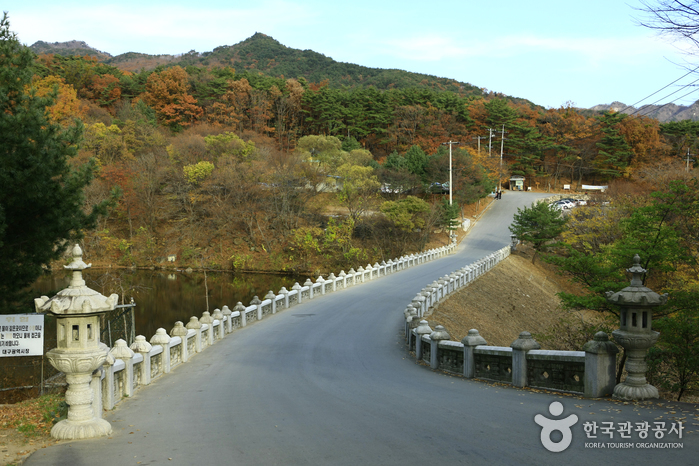

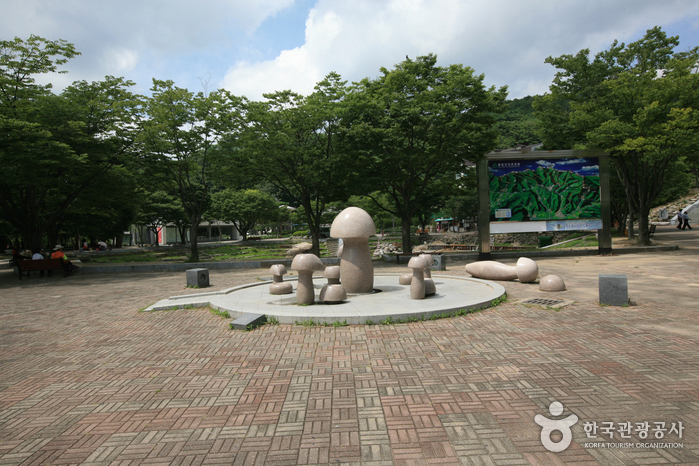
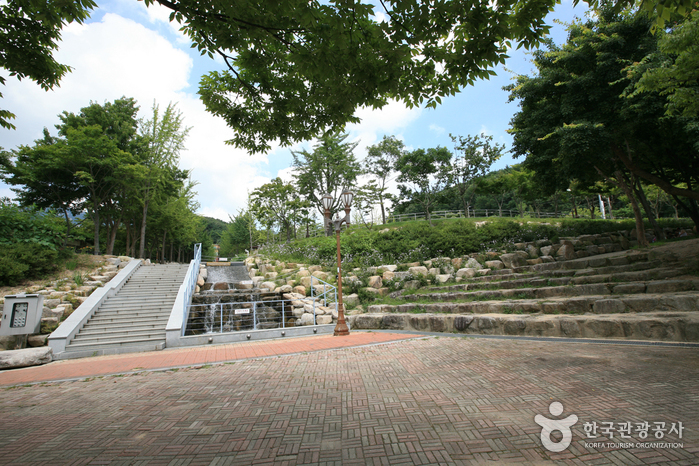
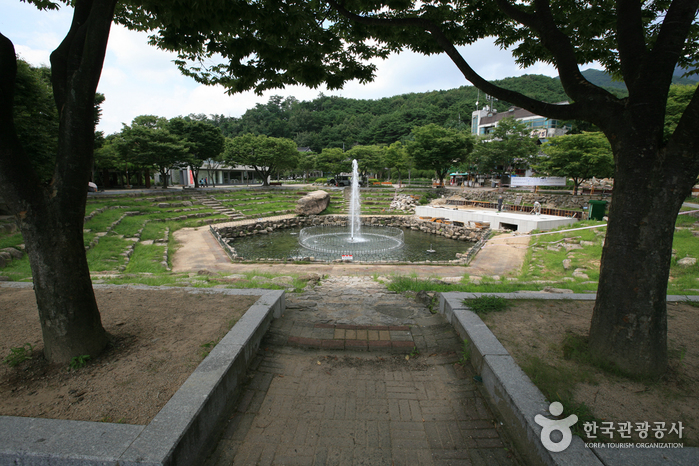
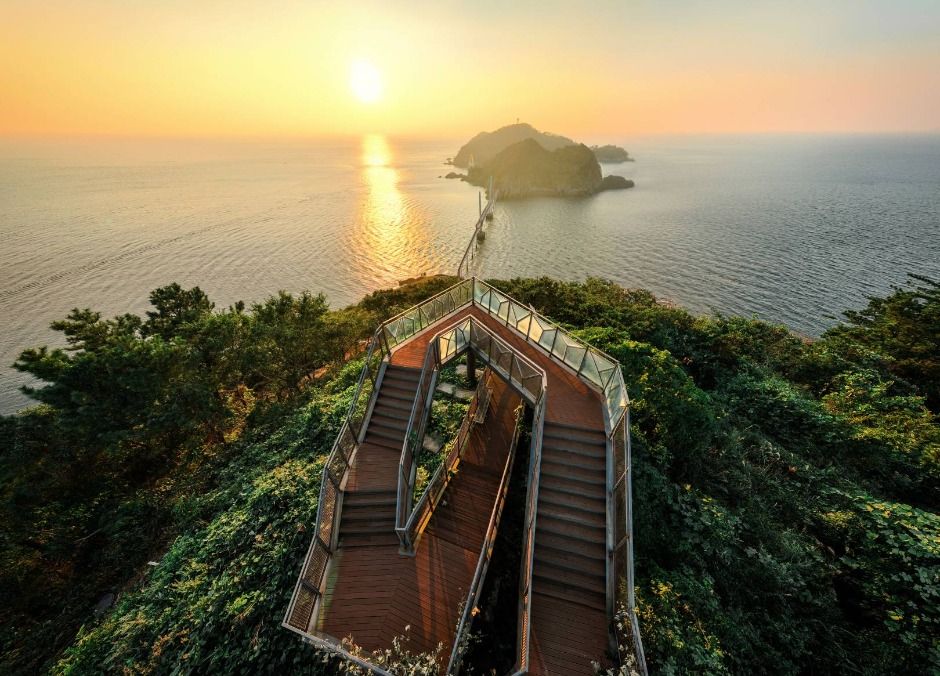
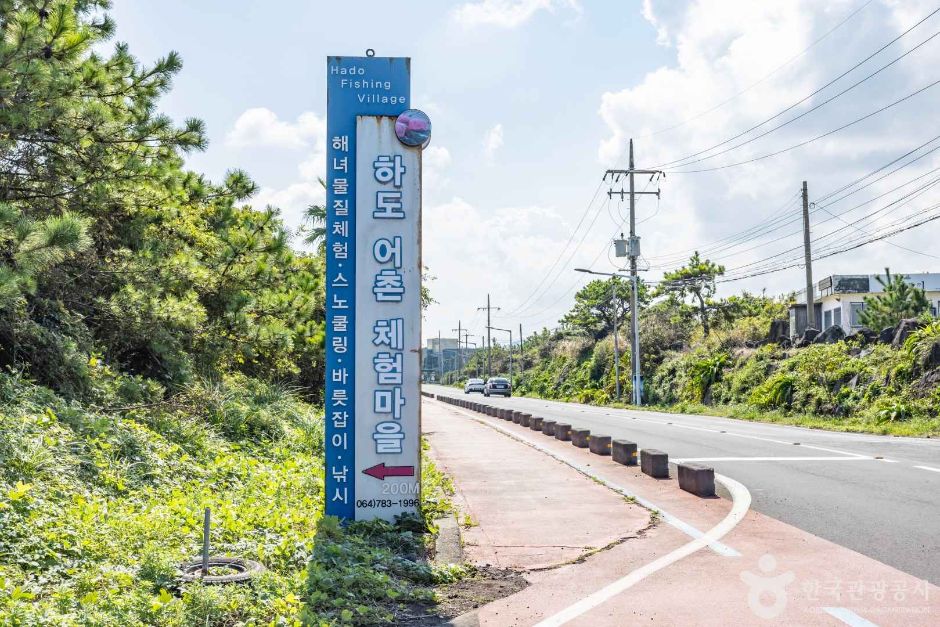
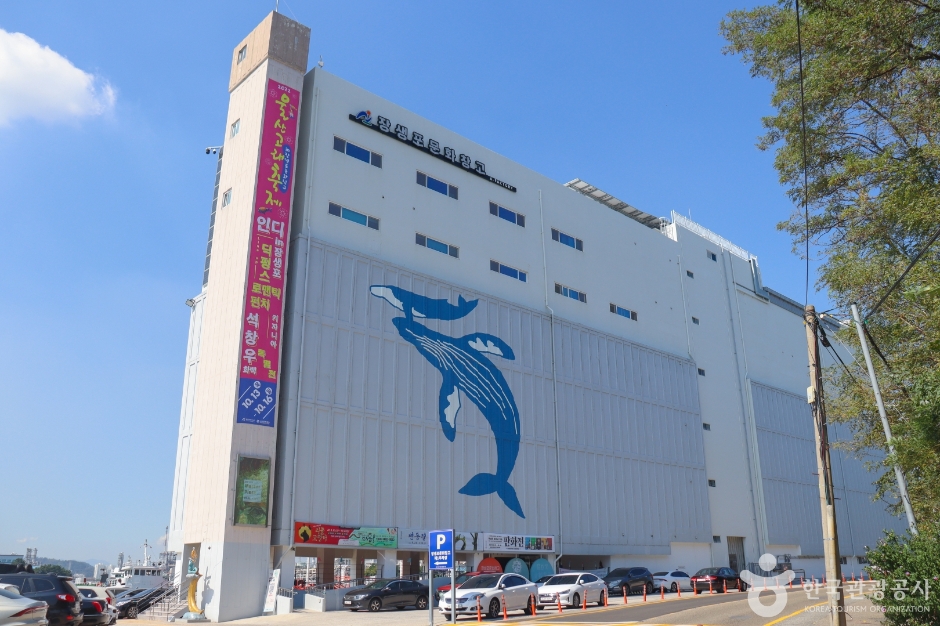
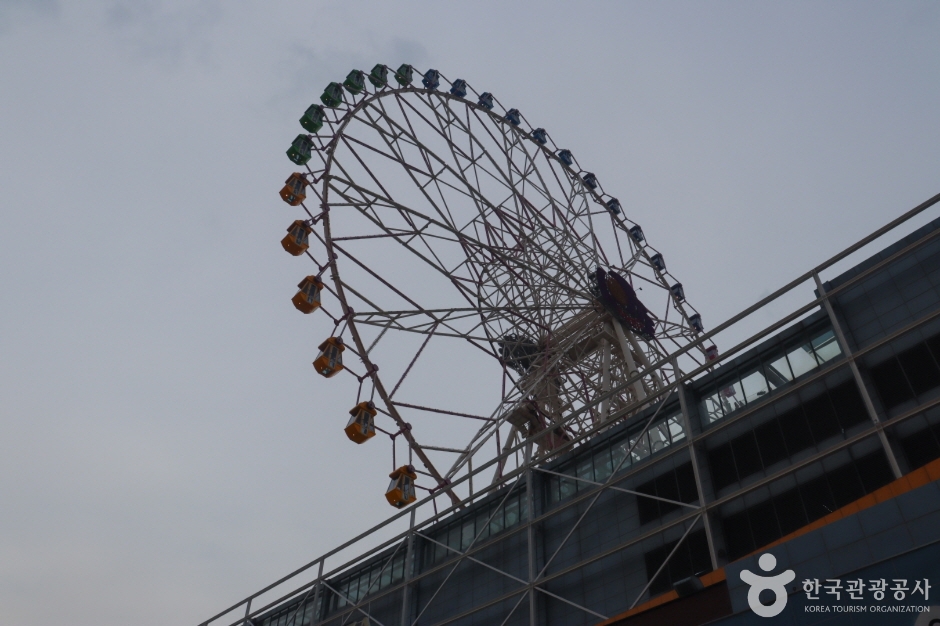

 English
English
 한국어
한국어 日本語
日本語 中文(简体)
中文(简体) Deutsch
Deutsch Français
Français Español
Español Русский
Русский